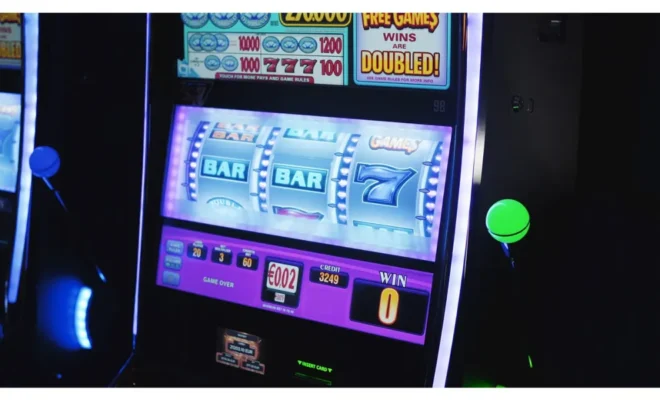Where live casino technology has advanced most?

Live casino gaming has undergone a remarkable technological transformation since its introduction. The virtual tables that once offered basic streams now deliver immersive experiences nearly indistinguishable from being physically present at a casino. mpo888 showcases how far this technology has progressed, seamlessly integrating digital interfaces and real-world gambling environments. The most significant advancements have occurred across several key areas, fundamentally changing how players experience online gaming.
Video streaming breakthroughs
The visual aspect of live casino gaming has seen the most dramatic improvement of all technological elements. Early platforms suffered from grainy; low-resolution feeds that often froze or buffered during crucial game moments. Today’s streaming technology delivers crystal-clear HD and even 4K video that captures every detail of the cards, wheels, and dealer interactions.
Modern streaming systems employ sophisticated compression algorithms that maintain visual quality while reducing bandwidth requirements. This innovation allows players with average internet connections to enjoy high-definition gameplay without interruption. In many cases, the latency between physical actions and what players see on screen has decreased from several seconds to near-instantaneous transmission.
The camera technology has advanced significantly, with broadcast-quality equipment now standard in professional studios. Multiple camera angles switch seamlessly according to game events, creating dynamic viewing experiences that follow the action intelligently. Some providers use specialized cameras for close-up shots of cards and wheels, allowing players to see game outcomes without question.
Real-time data processing
Behind the visible interface, data processing systems form the backbone of modern live casino operations. These systems simultaneously handle an extraordinary volume of information, from game outcomes and bet placements to chat messages and account transactions. The speed and reliability of this data processing directly impact the player experience.
Current platforms employ distributed server architectures that process betting information across multiple locations, creating redundancy that prevents system-wide failures. Game data verification happens instantaneously, with numerous checks that ensure accuracy while maintaining gameplay flow. This represents a significant advancement over early systems that often experienced delays or inaccuracies during busy periods.
Security protocols have evolved alongside processing capabilities, with encryption standards that protect data transmission between players and servers. Fraud detection algorithms monitor betting patterns and account activities in real time, identifying suspicious behavior before it impacts game integrity.
Optical character recognition technology
The optical character recognition (OCR) technology integration represents one of the most significant behind-the-scenes advancements in live casino operations. This sophisticated system automatically identifies cards, numbers, and symbols in real-time, translating physical game elements into digital data without human intervention.
In card games, OCR systems instantly read card values and suits as they’re dealt, eliminating potential errors in manual reporting. The technology works through specialized cameras that capture high-resolution images of each card, which are then processed through recognition algorithms that identify the values with nearly perfect accuracy.
Device integration has expanded to include features like biometric authentication for account security, haptic feedback during gameplay events, and orientation-aware interfaces that make the most of available screen space. Some platforms even incorporate device sensors to create immersive experiences, such as using the gyroscope to change viewing angles by physically moving the device. The technological advancements in live casino gaming have collectively transformed what was once a novelty into a sophisticated entertainment medium that rivals traditional casino experiences. With technology changing, we may see a blurring line between physical and digital gaming environments, resulting in more engaging gaming.








